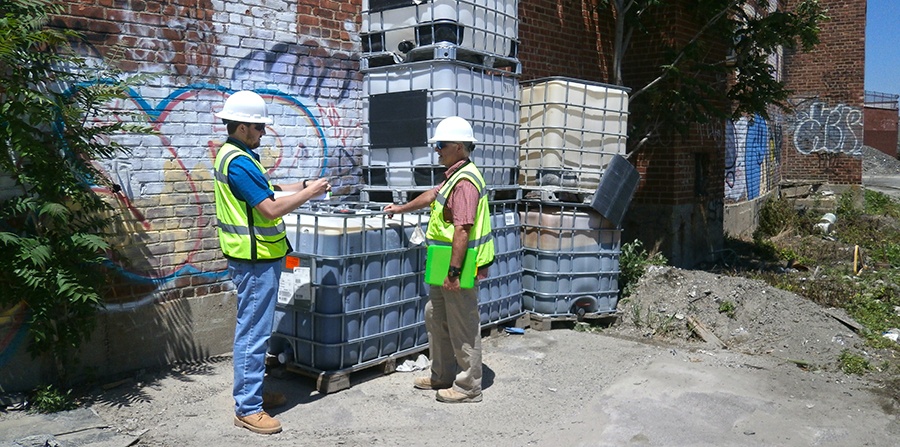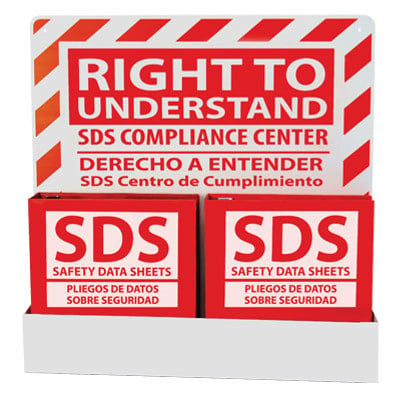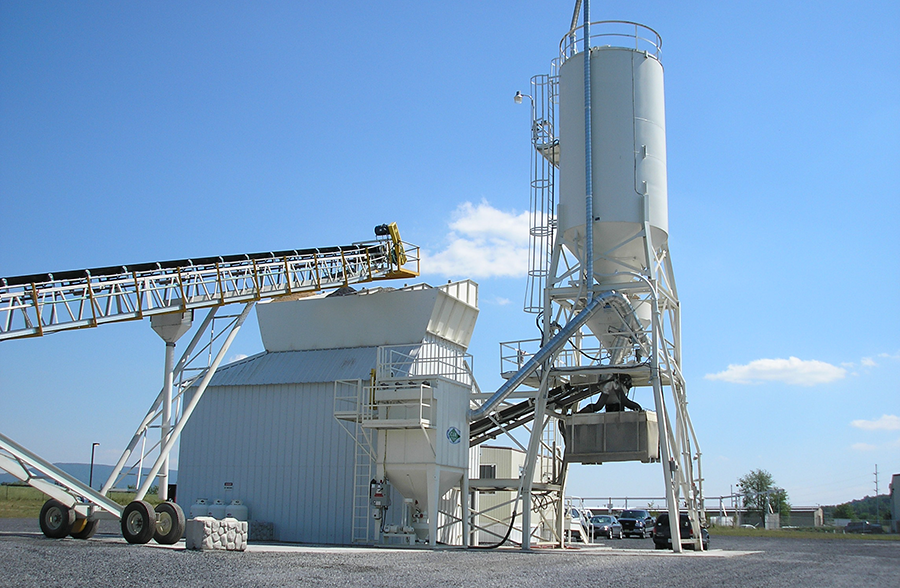We discuss a common misconception that TRI Reporting is only for "big chemical companies".
Environmental regulations can be somewhat of a nightmare to get through. Some regulations change across state lines, certain cities have regulations that only apply to operations within city limits, and some federal regulations are so poorly enforced that businesses exist for years being out of compliance without knowing any better.
One such federal regulation, which we perceive as being very poorly enforced, is TRI Reporting. Many operations across the country are grossly out of compliance with Toxic Release Inventory Reporting regulations, not because they're trying to dodge responsibilities, but because they simply don't know better.
Partly this is because there's so little discussion about Toxic Release Inventory Reporting from industrial associations and trade groups, that many industries flat out think TRI Reporting doesn't apply to them. In fact, many folks that we've talked to over the years say things like "we don't use or make chemicals, so it doesn't apply". As you can guess, they're wrong. TRI Reporting covers just about every industry, not just big chemical companies.

TRI Reporting is just for chemical companies, right?
No, that's incorrect. TRI Reporting applies to just about everyone.
How can you tell if it applies to you? Simply enough, there's 3 factors that determine whether or not you have to conduct TRI Reporting.
TRI Reporting Depends on SIC Codes
TRI Reporting depends on your industry. Which industries have to conduct TRI Reporting? A ton of them. In fact, we cover which industries have to report in our article called SIC Codes Subject to TRI Reporting.
In short, the TRI Covered industries are as follows:
- Mining
- Utilities
- Manufacturing
- Including Some Miscellaneous Manufacturing
- Merchant Wholesalers of Non-Durable Goods
- Wholesale Electronic Markets and Agent Brokers
- Publishing
- Hazardous Waste
- Federal Facilities
Each category listed is just a general catch-all. You have to do some research to find out if your specific SIC code is covered, and basically everything that falls under the mentioned categories above is a covered industry.
But find out one way or the other, and if you’re covered, you satisfy the first requirement.
10 or More Full Time Employees Are Needed
This is where people start dropping like flies.
You must have 10 or more full time employees or have a total of 20,000 total ANNUAL working hours at your facility.
I know, somewhat confusing, right? It means that if you have 10 full time employees, you satisfy the requirement. It means if you have 8 full time employees and 4 part time employees, chances are pretty good, you satisfy the requirement.
If you have drivers that cover multiple facilities, or other staff members who work part time schedules, you'll need to figure out how many hours they work at each facility as best you can. Total working hours is calculated by adding all your full time employees AND part time employees to get a grand total of working hours at your facility. One full time employee equals roughly 2,000 working hours. So to figure this number out, simply multiply full time employees by 2,000 hours and add all part time employees. If the number is greater than 20,000, you meet this requirement. Or as mentioned, if you have more than 10 full time employees, you meet this requirement.
Manufacture, Process, or Otherwise Use Toxic Chemicals
If you manufacture, process, or otherwise use a toxic chemical that exceeds the reporting threshold for said chemical, you meet the requirement for reporting. Duh, right? Not really. This is where it gets tricky.
First, you have to figure out what toxic chemicals you manufacture, process, or otherwise use. If you use chemicals in their pure form, this is easy to figure out. If you use materials that contain toxic chemicals, you must determine what they are. For example, there's enough lead in cement that many facilities that manufacture, process, or otherwise use cement (meaning concrete plants and cement plants), they'll need to report on lead in cement.
But how do you find out? The easiest way is to check your SDS. If it's not there, the most sufficient satisfactory way is to get your material tested for toxic chemicals. If possible, take it to a lab and have them run the full gambit to see what's in your material. If that's not possible, ask your supplier, others in your industry, or even trade associations or groups.

Bear in mind, just because a chemical is not on your SDS, your supplier doesn't know about it, or your trade group says "we don't know", it is still your responsibility to find out what's in your material. We see a lot of operations get into trouble because they feigned ignorance. This doesn't carry any weight with regulators, and definitely doesn't work with 3rd party environmental groups.
Chances are pretty good that there are chemicals in your materials, products, or supplies on-site. In fact, the EPA has a list which is roughly 650 chemicals long that count towards TRI Reporting. It covers a lot, and I encourage you to double and triple check whether or not you need to conduct TRI Reporting.
Also, you'll need to determine how much of those chemicals you use ANNUALLY. Depending on what your facility does, this might be an easy thing to figure out. If you manufacture, process, or otherwise use toxic chemicals directly in their pure form, you should be able to figure how much you use relatively quickly. As an example, say you use 1,000 pounds of lead (which is a toxic chemical) directly, then you know how much you used.
But, if toxic chemicals are within other materials (i.e. lead in cement as an example), then this might be challenging to determine. These numbers are completely hypothetical and not accurate, so don't quite these at all. Imagine you used 50,000 pounds of cement which was 1% lead (meaning you used lead indirectly), then you can determine that you used 500 pounds of lead.
You must determine what toxic chemicals you use, and you must determine how much you manufactured, processed, or otherwise used of that chemical. If your usage exceeds the reporting threshold for that chemical, you meet this requirement. And keep in mind not all thresholds are the same. The thresholds range from 25,000 pounds used down to 10 pounds, and even lower for dioxins and dioxin-like compounds at 0.1 grams.
TRI Reporting Applies to Almost Everyone
There you have it folks. TRI Reporting is for more than just chemical companies. And, if you meet the three reporting requirements above, then you have to conduct TRI Reporting.
The first two requirements are easy enough to figure out. Check your staffing and figure out your SIC code. If you meet those requirements, then start taking a good, long, hard look at what types of materials you're using at your site. You don't want to get caught out of compliance with these regulations.
To learn more about TRI Reporting, click here to contact us or give us a shout at 609-693-8301.





